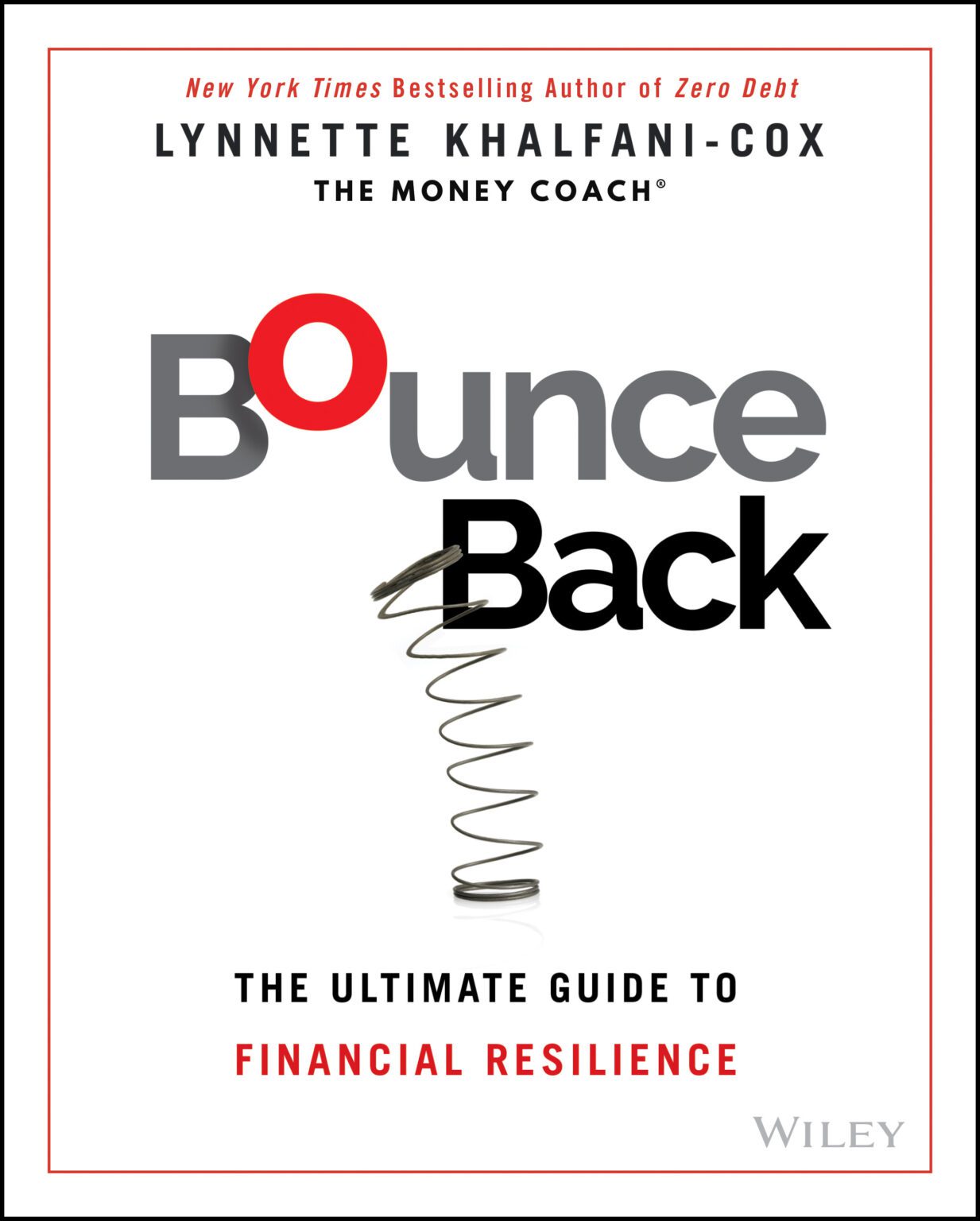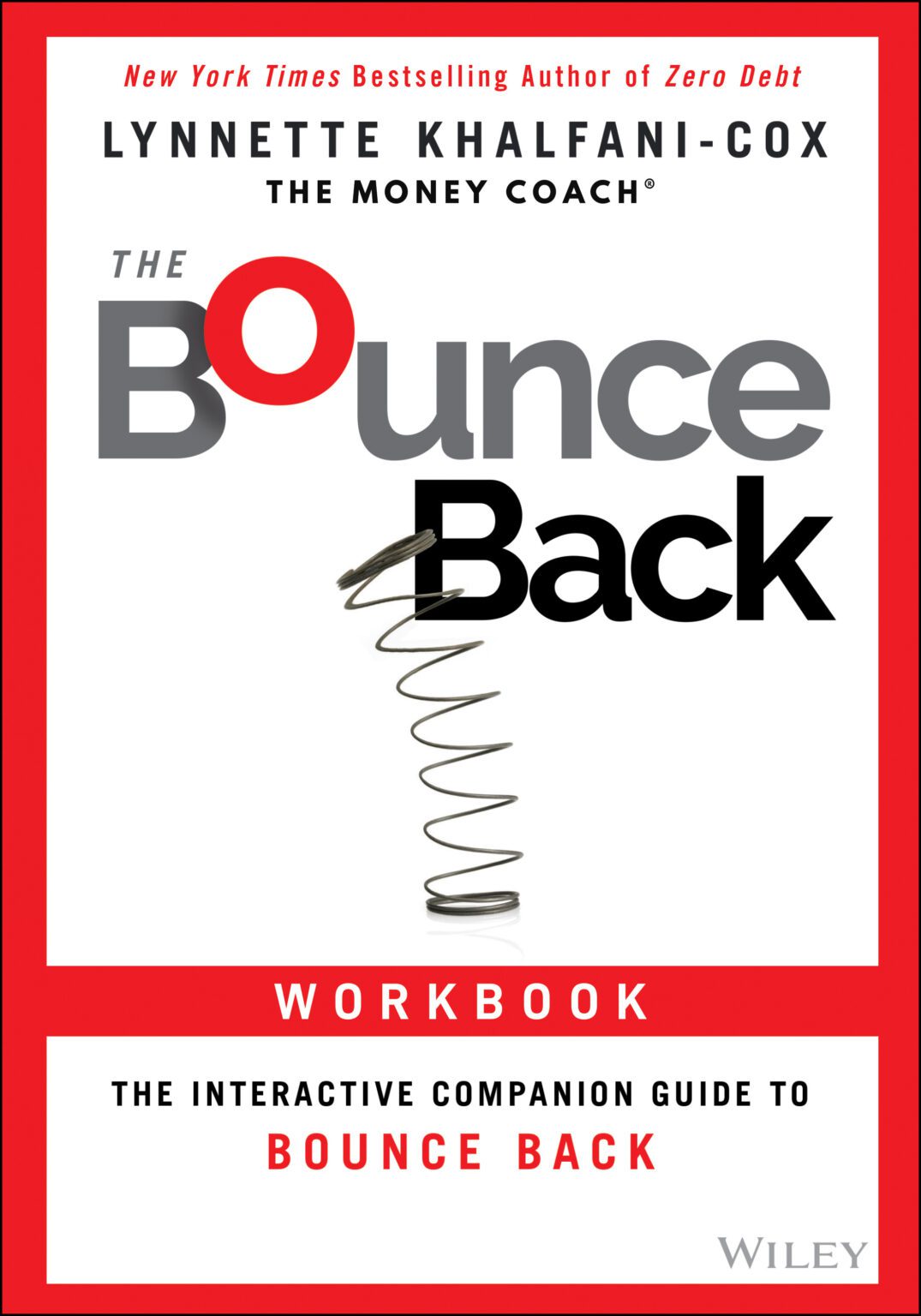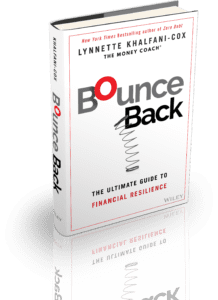If you’re in the market for a new car, chances are you want to keep your payments as low as possible, preferably under $500 a month.
Car dealers know this, which is why 6 year or 72-month car loans are more popular than ever. Even 7 year or 84-month car loans – yes, some auto lenders are offering financing for 7 years – are quickly making inroads with consumers.
The average length of a car loan in the U.S. increased to 71.3 months in Q4 2021, according to Experian’s State of the Automotive Finance Market report. This is the longest term on record since Experian started tracking the data in 2006, and it represents an increase of 0.4 months compared to the previous quarter.
Loans lasting from 73 to 84 months made up 37.1% of all new car loans issued during the fourth quarter of 2021 in the USA, according to Experian. That’s up from 32.8% during the same period the previous year, representing an increase of about 13%.
So in today’s marketplace, how should you evaluate your car-buying options and what should you take into consideration when planning to get a new vehicle?
Here are the financial pros and cons of taking on a 72-month car loan or an 84-month car note.
Pro: Getting lower monthly payments
The primary benefit of extending your car loan for six or seven years is that you’ll reduce your monthly car note, and not have to contend with the higher monthly payments associated with car loans that last just 60 months or even 48 months.
Obviously, lower monthly car payments can feel comforting if you’re on a tight budget or you’re worried about future cash flow.
Pro: Achieving greater financial flexibility
Let’s face it: some people opting for longer-term financing can, in fact, afford to take out a four- or five-year car loan. But they’d simply rather not, in order to maintain greater financial flexibility. They’re hedging a bit against the unexpected or some potential emergency down the road.
Additionally, many car buyers signing on the dotted line for six- or seven-year loans plan to – or at least say they will – pay those loans off early, and without prepayment penalties. Meantime, these borrowers are taking the extra monthly cash afforded by a 6- or 7-year car loan and using that additional money for other purposes.
Theoretically, these car buyers are using what might be called the ‘Mark Zuckerberg loan strategy.’ Remember when the Facebook billionaire took out a 1% adjustable-rate mortgage to buy his San Francisco area home? Couldn’t he have just paid all cash for his posh digs in Palo Alto, CA? Of course, he could have. But Zuckerberg opted to do otherwise. Some think it was for tax purposes. More likely it was that Zuckerberg got great loan terms and could better deploy his cash elsewhere.
Now before you dispute this analogy: yes, I know that a car is a depreciating asset and is far different than a home. And yes, I get it that that Zuckerberg has way more money than the average American car buyer. But my point is that Zuckerberg was exercising a certain financing option because he wanted to put his cash to different use. Some car-buyers with extended loans are doing the same thing.
Financial Drawbacks of 6-Year or 7-Year Car Loans
Now that I’ve hit the “pros” of extended car loans, let’s talk about the “cons” of longer-term car loans – of which there are many. Keep the following drawbacks in mind should you ever contemplate a 6-year, 7-year or even an 8-year car loan.
You read that right: some lenders are offering car loans lasting 8 years or longer. The Wall Street Journal has reported on car buyers getting loans as long as 97-months!
What could possibly go wrong with these “car mortgages”? A lot. Read on.
Con: Paying additional interest
Longer-term car loans usually have higher interest rates; so that means borrowers wind up paying more money overall for these vehicles. For example, take the average new car, which costs about $31,000. At prevailing interest rates, a borrower getting a loan with a 72-month term would pay roughly $1,000 to $1,500 more in interest compared with a loan that lasts just 48-months or 60-months.
Con: Having negative equity or being “upside down” in the car loan
Just like you can owe more on a home than it’s worth, you can also get upside down in a car. Here’s why.
It usually takes about 3 ½ years to break even on a financed car if you want to trade it in. At that point, if you do want another vehicle, you’ll be able to do a trade without forking over extra cash to a car dealer. But with a six or seven-year car loan, you’ll still owe plenty of money on the car in those latter years, making a trade-in impossible without you coming to the table with additional cash or getting a larger loan to pay off your remaining car loan balance.
Con: Buying more car than you can afford
One reason that 6-year car loans are growing in popularity is that car prices have climbed in recent years. To make car payments fit into people’s monthly budgets, automobile lenders are increasingly offering to stretch out the repayment period. But don’t lose sight of the big picture. If your “dream” car is only affordable with a 6, 7 or 8-year financing option, you have to ask yourself whether the car in question is simply outside your reach financially. After all, there’s a lot more to pay than just your monthly car note. Don’t forget about gas, maintenance, car insurance, repairs and more.
Con: Enduring car problems after your warranty period
Speaking of repairs, with extended car loans you’ll often be paying on the vehicle long after your manufacturer warranty expires. That’s because most bumper-to-bumper warranties last from three to five years.
So if something happens to a vehicle financed over the long haul, consider whether you’d be able to swing the payments and pay for uncovered repairs after a warranty ends.
Con: Adding to repossession risk
One final downside of extended car loans is the added repossession risk during the extra life of the loan. Cash-strapped car owners and those with credit problems face even greater risk of getting a visit from the repo man. Nonetheless, credit-challenged borrowers are currently being welcomed with open arms by car dealerships and auto lending firms.
In fact, according to data from the Federal Reserve Bank of New York, U.S. auto loans hit a new high of $1.45 trillion in the first quarter of 2022, the highest level since the data was first tracked in 1999. The increase was driven mostly by a rise in lending to riskier subprime borrowers, who accounted for 19.3% of all auto loan originations during the quarter. This represents a slight increase from the previous quarter but is still below the peak of 24.9% reached in 2015.
The good news is that the nationwide rate of car repossessions has remained relatively stable in recent years, with an average rate of 0.36% in 2021, according to data from the American Bankers Association. However, the industry is closely watching the rise in delinquencies, which could be a sign of trouble ahead. In the first quarter of 2022, 60-day car loan delinquencies rose to 0.78%, up from 0.67% in the previous quarter, according to Experian. This represents a year-over-year increase of 33.3%. As a result, the overall automotive repossession rate increased to 0.38%, up from 0.29% in the first quarter of 2021, according to data from the ABA.
In my next column, I’ll tell you about smart alternatives to 72-month and 84-month car loans.
Reader’s Question
Q: Is It Smart To Buy A Car With Cash?
A: Yes, it’s very wise to buy a car with cash. That’s the preferred way to get a car, in my opinion.
You should also be able to get a better deal from a car company if you pay in cash – as opposed to financing or leasing a vehicle. Additionally, buy a used car (even if it’s only a year or two old) instead of a brand new car.
As soon as you buy a brand new car and drive it off the lot, it depreciates in value anyway.
So you might as well get the better deal (financially speaking) with a used vehicle.
Q: How many years is 84 months.
A: 84 months in years is equal to 7 years. Just divide the number of months stated in the term of the loan by 12.
Related articles
- Longer auto loans raise concerns (thestar.com)








